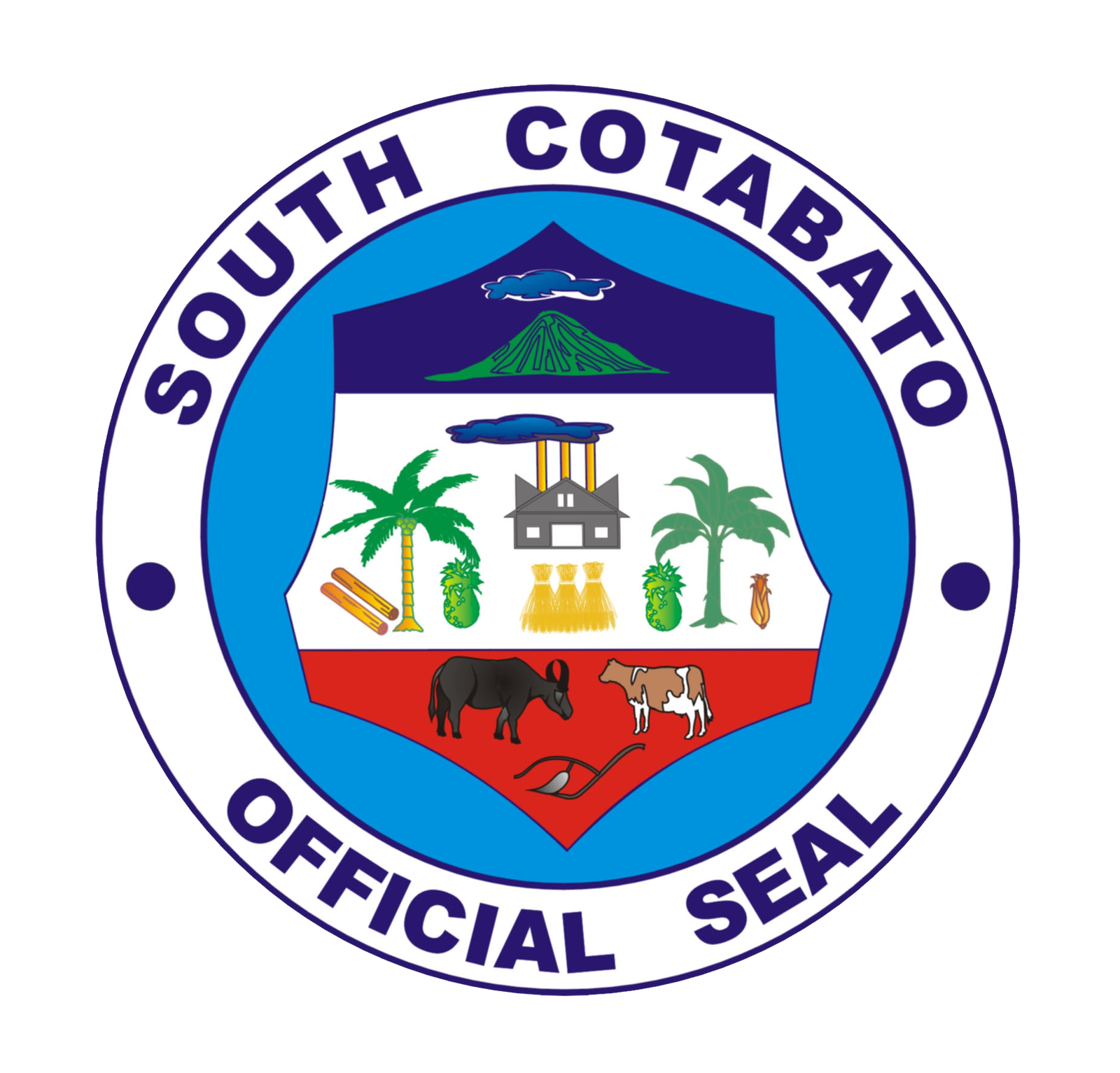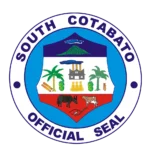Koronadal City—The nine-year Disaster Risk Reduction and Climate Change Adaptation enhanced Provincial Development and Physical Framework Plan of South Cotabato was approved in a virtual conferment, the first local government unit to be approved by the Department of Human Settlements and Urban Development.
On Tuesday, Governor Reynaldo Tamayo, Jr. laid out the development roadmap of South Cotabato in a virtual presentation to the Department of Human Settlements and Urban Development (DHSUD).
“The significant progress made by the province is working toward meaningful climate action,” the governor said.
Emmanuel Jumilla, Provincial Planning and Development Officer-charge said, the Research, Planning and Programming Division took three years to finally lay down the plan after a series of community consultations and meetings with local counterparts, non- government organizations and national agencies.
“Local government units are tasked to identify, prioritize, and develop respective climate change programs, projects and activities in our Annual Investment Plans. This is essential in building our resilience to climate change,” Jumilla said.
Housing Secretary Eduardo del Rosario congratulated South Cotabato for “pushing for an “ecologically balanced” PDPFP that promotes industrial development without causing harm to the environment,” an online press release appeared in DHSUD official Facebook Page.
The effects of climate change, particularly scarce water resources and flooding, are already presenting challenges for South Cotabato’s industrial development.
Evelyn Fantilanan, Planning Officer III, said South Cotabato will be a caring, resilient, ecologically-balanced, highly responsive, functionally integrated and equitably growing agro-industrial and tourism hub by 2028.
She said the development priorities of the province is anchored to the Sustainable Integrated Rural-Urban Development (SIRUD) which brings together and allows for a more view of urban and rural development.
Fantilanan pointed out that the province identifies the strategic priorities that is Agriculture, Tourism, and Industrial Development and shall be realized with the adoption of the decentralized concentration which leads to the preferred spatial strategy characterized by the development of Growth Clusters, Tourism Beltways, and the Hierarchy of Urban-Rural Settlements.
“There’s a need for LGUs to act now because it is cheaper to spend on disaster preparedness and mitigation than on disaster response and rehabilitation,” Fantilanan, who is also an environmental planner, added.





















